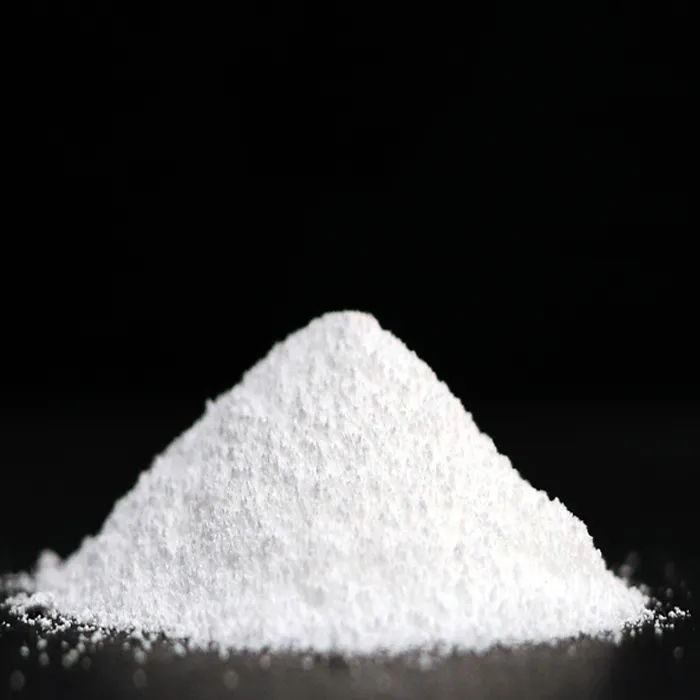Coagulation and Flocculation in Water Treatment
Water treatment is a critical process aimed at ensuring safe and clean water for drinking, industrial, and agricultural uses. Among the various techniques employed in water treatment, coagulation and flocculation are essential steps that significantly enhance water quality by removing suspended solids, coliform bacteria, and organic materials.
Coagulation is the first phase of this process, where chemicals known as coagulants are added to the raw water. These coagulants are typically metallic salts, such as aluminum sulfate (alum) or ferric chloride, which have the ability to destabilize colloidal particles present in the water. Colloidal particles are small and remain suspended, making them difficult to remove. In the coagulation phase, the coagulants neutralize the electrical charges that keep these particles dispersed. When the charges neutralize, particles begin to clump together, forming larger aggregates known as flocs.
Following coagulation, the process of flocculation takes place. This is characterized by gentle mixing and stirring of the water to encourage the formed flocs to collide and agglomerate further. During flocculation, the addition of polymers may be applied to enhance the aggregation process. These polymers can create bridge-like connections between particles, allowing for larger and heavier flocs that can be easily removed during subsequent sedimentation or filtration stages.
coagulation and flocculation in water treatment pdf

Floc formation is crucial as it increases the effective surface area for settling. Once adequate floc size is achieved, the mixture moves to the sedimentation basin, where gravity plays a pivotal role in separating the flocs from the water. The settled flocs, now referred to as sludge, can be removed and treated as necessary, while the clarified water continues to undergo further purification steps, such as filtration and disinfection, before being safe for consumption.
An essential aspect of the coagulation and flocculation process is monitoring pH and the optimal dosages of coagulants. The pH level can significantly affect the efficiency of coagulation. For instance, aluminum sulfate works best at a slightly acidic to neutral pH, while ferric chloride is more effective in a slightly acidic to basic range. Therefore, water treatment facilities often conduct jar tests to determine the most effective coagulant type and dosage based on the water quality and characteristics.
Moreover, environmental considerations are crucial in selecting coagulants. With growing environmental awareness, many facilities are exploring the use of more biodegradable and less toxic coagulants. This transition not only enhances sustainability in water treatment practices but also minimizes the potential negative impacts on ecosystems.
In conclusion, coagulation and flocculation are foundational techniques in the water treatment process, significantly improving the quality of water by effectively removing impurities. Through the strategic use of coagulants and proper operational practices, water treatment facilities can ensure the delivery of safe drinking water, thus protecting public health and the environment. As technology evolves, ongoing research continues to refine these processes, aiming for greater efficiency and sustainability in water treatment methods.

